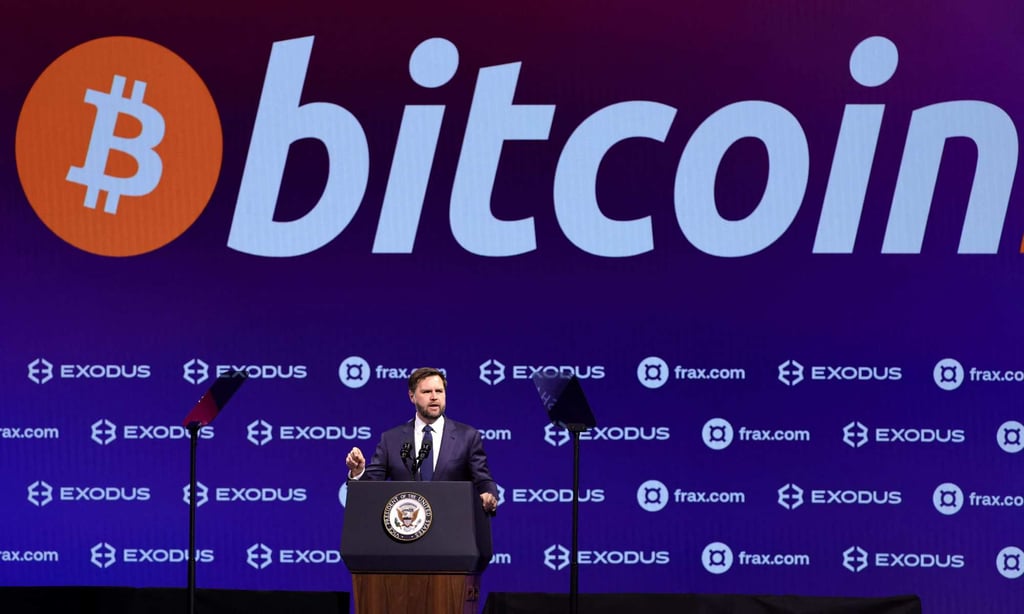Published: 4:00pm, 5 Jun 2025Updated: 4:05pm, 5 Jun 2025
Following in the footsteps of US President Donald Trump’s administration, Pakistan plans to create a sovereign bitcoin reserve powered by unused electricity in a bold bid to monetise its energy oversupply and attract foreign tech investors.
Advertisement
Analysts warn that the high-risk strategy could strain Pakistan’s fragile power grid, raise red flags with the International Monetary Fund (IMF) and expose Islamabad to cryptocurrency market volatility. However, some argue it could also help diversify the economy and hedge against currency instability, if managed well.
The official Pakistan Crypto Council (PCC), set up in February and led by British-Pakistani tech entrepreneur Bilal bin Saqib, will offer 2,000 megawatts of spare power plant capacity to attract foreign bitcoin miners and artificial intelligence data storage centre investors.
Its first client is set to be World Liberty Financial (WLF). The stablecoin firm that is majority owned by the Trump Organisation signed a letter of intent with the PCC on April 26 to “accelerate blockchain innovation, stablecoin adoption and decentralised finance integration across Pakistan”.

Their envisioned scope of cooperation includes the launch of “regulatory sandboxes” for blockchain financial product testing, easing the “responsible growth” of decentralised finance protocols and exploring the tokenisation of real-world assets like real estate and commodities.
Advertisement
They also plan to expand stablecoin applications for remittances and trade – opening up the possibility of Pakistan using WLF’s stablecoin USD1, which is issued on Binance’s blockchain.

